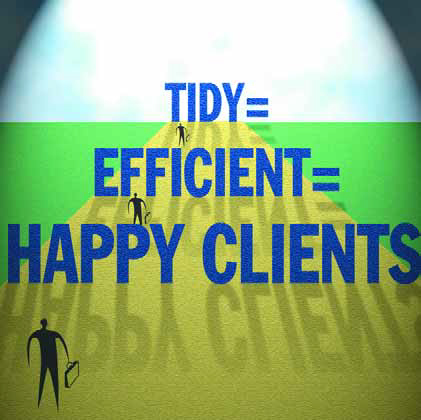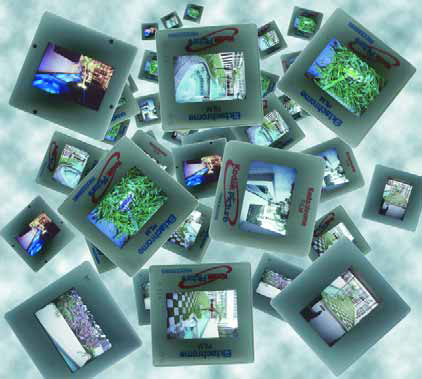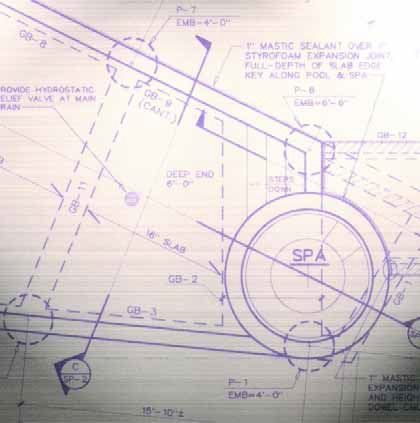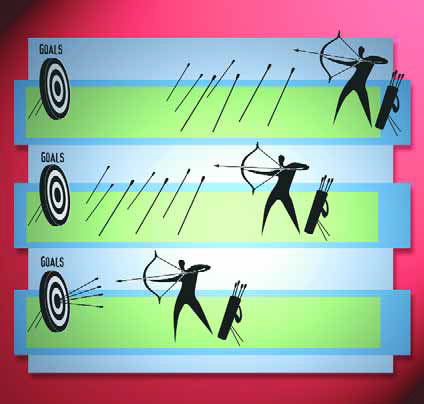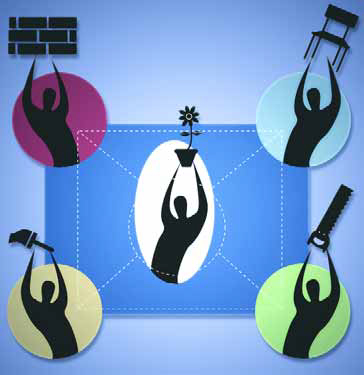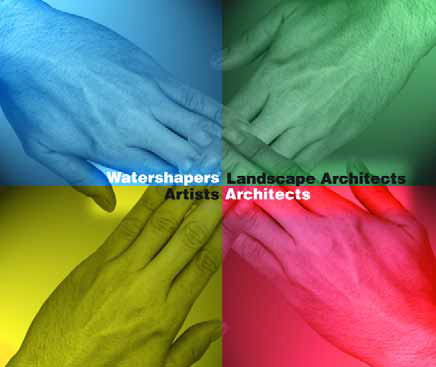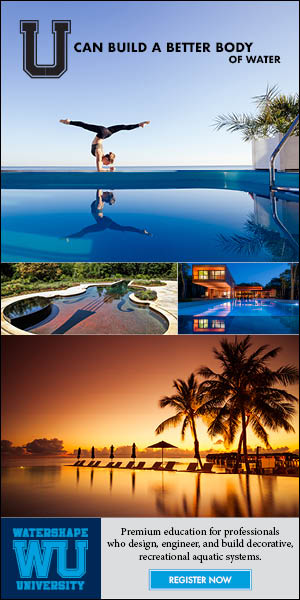Professional Watershaping
Perception is reality: Regardless of whether that's right or wrong, you are judged by appearances. And there's no escaping those judgments because it's basic human nature. If your own appearances mean ugly-looking vehicles, sloppy-looking employees, shabby offices and job sites that look like disaster areas, you will inevitably be judged with that image by the clients who have hired you and by anyone else exposed to those appearances. Personally, I'd rather have them focus on the quality of my work rather than on superficialities such as these, but
Last month, I began a discussion of things that those of us in the watershaping trades can do to improve our collective profile with the public - not to mention enhance our collective self-image. Education, of course, is a huge factor. And so is the level of professional courtesy with which we treat both clients and prospects. But those two points, discussed in detail last time, have less to do with the way we approach the practicalities of our businesses than is the case with another point that bears discussion: that is, project management and how we
During a presentation to a recent conference for the swimming pool and spa industry, I tossed this nugget to the audience: "By a show of hands, how many of you in this room believe that most people think highly of our industry? Please be honest." It was a mixed group of more than 160 people representing manufacturers, distributors, manufacturer's representatives, retailers, service/maintenance firms and, in the majority, pool and spa builders. Even with all of these different segments of the industry in the room, not a single hand went up. As one who often
Why is it that, on the pool/spa side of the watershaping business, it's so difficult to find much by way of truly workable plans and specifications? In residential work, of course, the tone is set by local building inspectors and plan checkers, whose needs seem to vary tremendously from place to place. But that's no excuse for the fact that the plans used in a great many residential projects are grossly inadequate - especially when compared to the far more detailed and precise plans and specifications required by
"Without goals, you become what you were. With goals, you become what you wish." -- James Fadiman As I've grown in my personal life and as a businessperson, I've come to recognize a powerful relationship between basic axioms (such as the one just above from James Fadiman) and the setting of my own goals. To paraphrase Mr. Webster, an axiom is a self-evident truth or proposition. Many are quite familiar, so much so that phrases including "Honesty is the best policy" or "Nothing
Most people who know me will tell you just how independent I am. Some, in fact, will say that I'm too independent for my own good. When it comes to business, however, I know that being a soloist carries me only so far: Rather, it's the relationships I've established and maintained within the business community that have taken me beyond the independent realm and helped me achieve the success I was looking for when I started my business. As a designer, I work
I don't know if it's because I work in the pool and spa industry or if this is common to other fields, but I know a great many people who run businesses who are ill-prepared to do so. Architects and landscape architects might have taken some classes that introduced them to basic business principles, but their counterparts in the pool and spa trades are far less likely to have taken such classes and tend to run things by the seat of their pants. In my case, I've learned what I know about business through seminars and business-oriented reading. I've made
All through my career, I've never really been big on advertising. In fact, the only place I've ever advertised is in Naples, Fla., where I've never been successful drumming up any business even though it's only a short distance from my home. I gave it a good shot - a nice ad with a picture of a vanishing-edge pool, placed in a local newspaper's special section on backyard swimming pools. I was confident I'd get some response, but all that came back was










